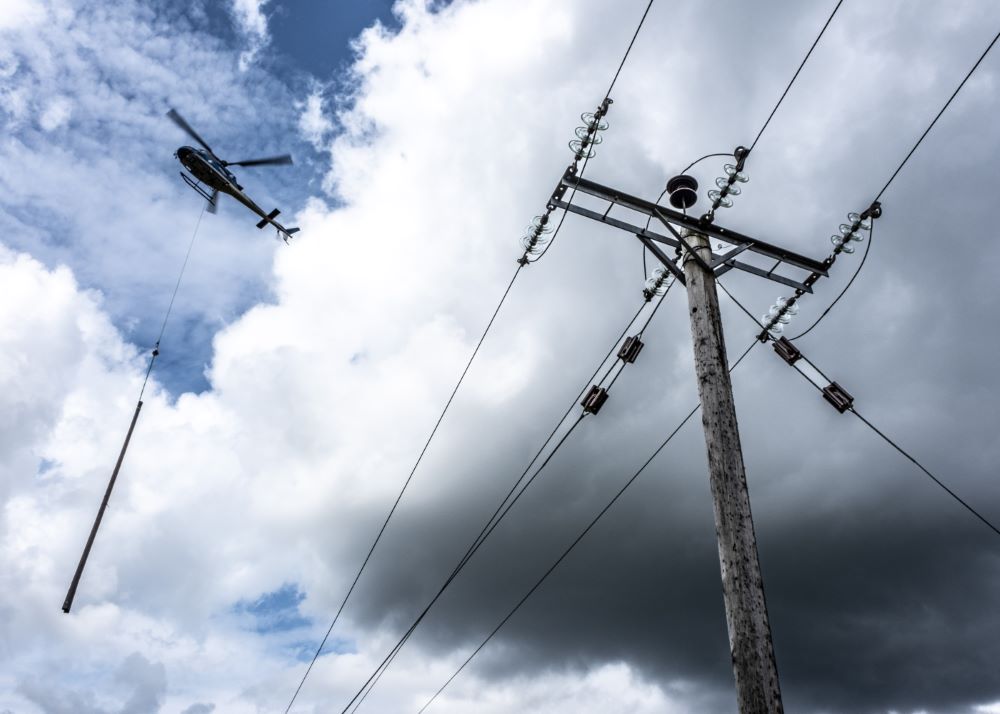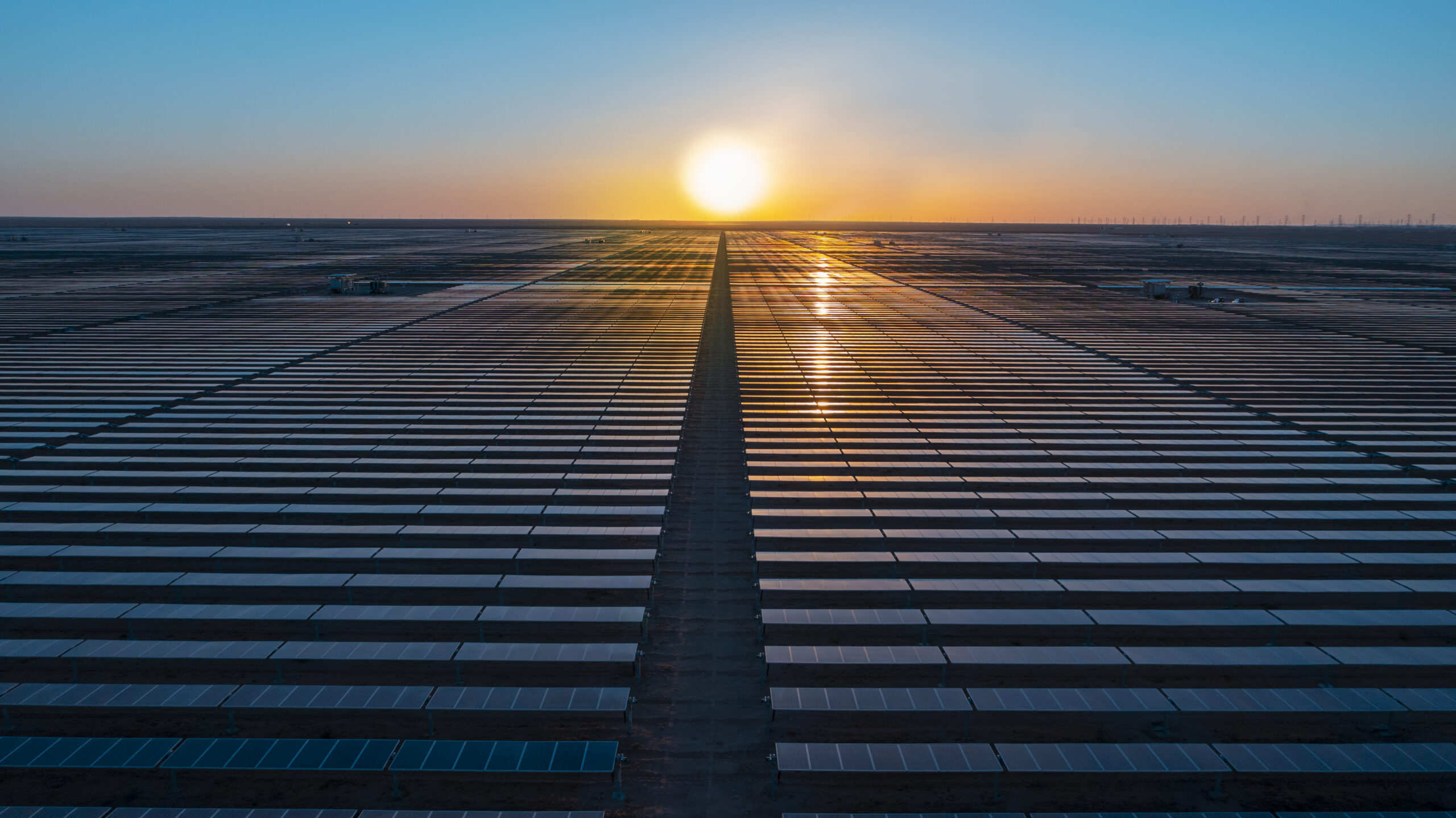Insider Brief
- SSEN has announced a £450 million upgrade to northern Scotland’s electricity distribution network to improve resilience, reliability, and support for clean energy technologies.
- Five contractors will lead infrastructure improvements across nine regions, including rural and island communities, from now through 2030.
- The work includes renewing overhead lines, modernising substations, and enabling connections for EV chargers, solar panels, and heat pumps.
£450 Million Investment to Upgrade Scotland’s Electricity Distribution Network
Scotland’s aging electricity distribution network is set for a major upgrade, with £450 million committed to reinforcing power infrastructure across the northern region, according to a statement.
Scottish and Southern Electricity Networks (SSEN) said five engineering and utility firms will carry out the work between now and 2030, focused on improving reliability, preparing the grid for new clean-energy technologies, and ensuring the network can withstand more extreme weather.
The companies — OCU Utility Services, Clancy, Freedom Group, Macaulay Askernish, and Brush Group — will lead upgrades in nine sub-regions, spanning rural, urban, and island communities across SSEN’s northern Scotland licence area. The zone stretches from Dundee and Aberdeen to the Highlands, Argyll, and the islands.

Focus on Reliability, Decarbonisation, and Climate Resilience
The region covers rural communities, villages, towns and cities, the company said in the statement, adding that the investment will “boost network resilience in the face of a more volatile climate, support the connection of low carbon technologies and decarbonised industries, and increase reliability for all of our customers.”
The works include renewing and reinforcing wooden poles and overhead lines, modernising substations, and improving underground cables. The distribution network forms the last stage in the power chain, delivering electricity directly into homes and businesses. SSEN said that these upgrades will be essential to support growing demand from electric vehicles (EVs), solar panels, and electric heat pumps.
Funds will also ensure that the existing network of wooden poles and overhead lines renewed and reinforced, substations updated, and improvements made to the underground network, the company said.
Part of Ofgem’s RIIO-ED2 Framework and SSE Group’s Net Zero Plans
The upgrades are also part of SSEN’s commitments under the U.K. energy regulator Ofgem’s RIIO-ED2 price control framework, which guides investment in electricity distribution networks through 2028. In addition, the programme supports parent company SSE Group’s broader Net Zero Acceleration Programme Plus (NZAP+), aimed at speeding up the transition away from fossil fuels.
The company said the new delivery partnerships will allow it to coordinate upgrades, new connections, and asset replacements more efficiently—cutting down on delays, costs, and disruption for consumers. These types of frameworks agreed with partners will allow the organization to plan work in a more effective and efficient way, SSEN stated.
Grid reinforcement has become a central issue in the U.K. and elsewhere, as outdated infrastructure is increasingly seen as a bottleneck to achieving decarbonisation goals. Local electricity networks, like SSEN’s, are under growing pressure to handle two-way power flows as homes and businesses generate more electricity from rooftop solar and other micro-generation technologies.
Investments Align with National Decarbonisation Goals
By reinforcing the network across a wide area, SSEN aims to make the system more resilient, especially in the face of extreme weather events that are becoming more frequent due to climate change. That goal aligns with wider concerns from policymakers and regulators who have warned that energy infrastructure is increasingly exposed to climate-related risks.
The company did not specify the exact value of each regional contract, but noted that the total programme will be carried out through 2030.
These upgrades come amid a broader wave of investment in the U.K. power grid. National Grid has announced multibillion-pound plans to modernise the high-voltage transmission system, while regional operators like SSEN are focusing on the distribution level—the part of the network consumers interact with most directly.
Government and SSEN Leaders Highlight Benefits of Investment
The Scottish Government’s Acting Cabinet Secretary for Net Zero and Energy, Gillian Martin MSP, said:
“Decarbonising Scotland’s economy depends heavily on significant investment in the upkeep and futureproofing of our electricity system, so the network can meet the demand from users now and in the future. I welcome this substantial investment from SSEN Distribution in the north of Scotland, which will not only bring benefits for our workforce, our supply chains, and our regional and national economies but also support our net zero targets.”
SSEN’s Director of Large Capital Delivery, Fraser Hood, said: “We’re proud to have signed agreements which will deliver massive improvements to local electricity networks in the north of Scotland. The transformative investment we’re making means we’re in the best-possible position to deliver an electricity system which will support sustainable economic growth, benefit the environment in the decades to come, and create significant job opportunities during construction in communities across the north of Scotland. In selecting these five contract partners after a fair, open, and competitive tendering process, we’ve secured the ability to deliver our massive programme of investment efficiently and effectively. This transformation will ensure increased resilience, flexibility, and capacity for our 800,000 customers in the north of Scotland. The way these partnerships have been drawn up will mean we can reduce supply chain risks and secure the specialist skills we need to help deliver decarbonisation effectively for our customers and communities.”








